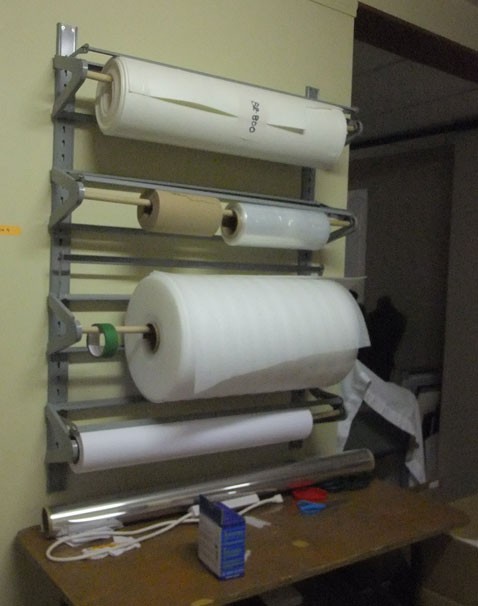
The MAS office will be closed for Christmas Holidays December 24th to January 4th.
Usual office hours will resume on January 5th, 2026
As a summer conservation series, we will be talking about the Agents of Deterioration as defined by the Canadian Conservation Institute (CCI) in Ottawa. If you want to learn more about CCI, see their website or our April 29th blog post.
Dissociation was only added to the Agents of Deterioration recently, though I think most of us would agree that this one is just as important as the other 9 Agents.
Dissociation “results in loss of objects, or object-related data, or the ability to retrieved or associate objects and data“. Dissociation can occur as a result of rare and catastropic events, such as a disaster, or continual events or processes, such as improper collections management or conservation techniques. Sporadic and severe events can also contribute to dissociation, such as people occassionally dumping their treasures at the museum’s door. To sum it up, dissociation is when we just don’t know what is going on with our collections; we have lost objects or their information and cannot connect any of it together any more.

Dissociation doesn’t just effect the physical, it relates to legal, intellectual, and cultural aspects of an object. Removal of tags or improper tagging techniques results in a loss of the accession number which then eliminatesan object’s connection to its record in the museum. With this loss of a connection, the object is virtually lost. It’s story is no longer attached to it, and it becomes a “thing” that exists.
An organized workspace helps prevent dissociation!
Here are a few other ways in which dissociation could happen:
And the list could go on…
Having pre-set policies and procedures can help out quite a bit when trying to combat dissociation. It is often those who are in-charge of the collection are given the task of combating dissociation; that can be a staff member or a volunteer. Ensure that everyone who interacts with the collection knows that there are these policies and procedures in place to make sure that the collection is well cared for; in other words, they should be trained!
Ways that you can combat dissociation include:
Educate everyone in the museum as to what dissociation is; be clear that only one person or a group of individuals are in-charge of the collection. No one should be taking objects out of the museum or moving them around except for these individuals.
Has dissociation struck your museum? Take an object, see if you can find all the corresponding information about it. If you can’t, you might have a problem.
Have questions or comments about dissociation? Call me at 306-780-9266 or email me at [email protected].
To see the full CCI article on Dissociation, click here.

Usual office hours will resume on January 5th, 2026

Just a reminder that the Final Report for the Museum Improvement Micro Grant for Community Museums is due December 5th! Your final report will require you to provide a brief

Thursday October 16, 202512:00pm CSTOnline via Zoom: https://us02web.zoom.us/j/86760471705?pwd=XjoSlWAP0TJZVYrprylmLqujOkVrk2.1 No registration required. The Museum Grant Program (MGP) provides operational funding to help foster strong, vibrant, community-based Saskatchewan museums that are valued